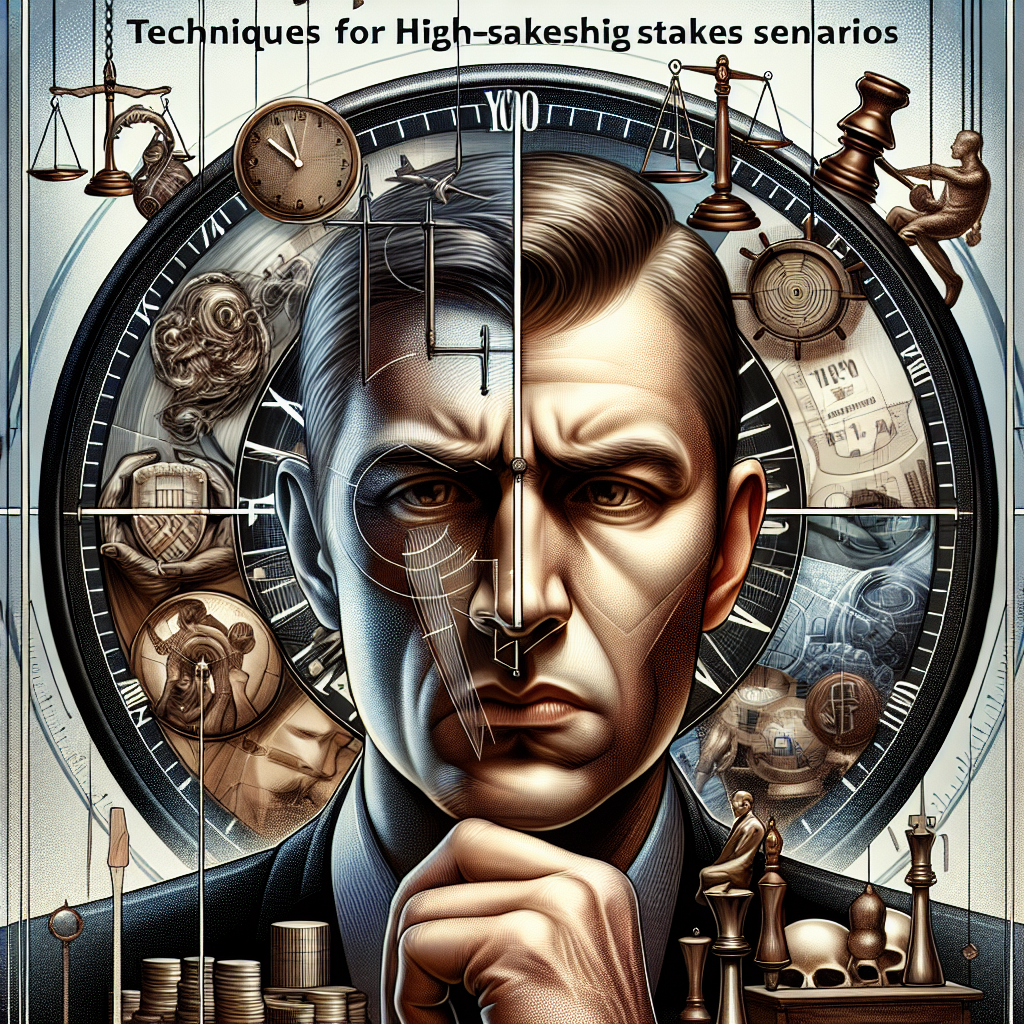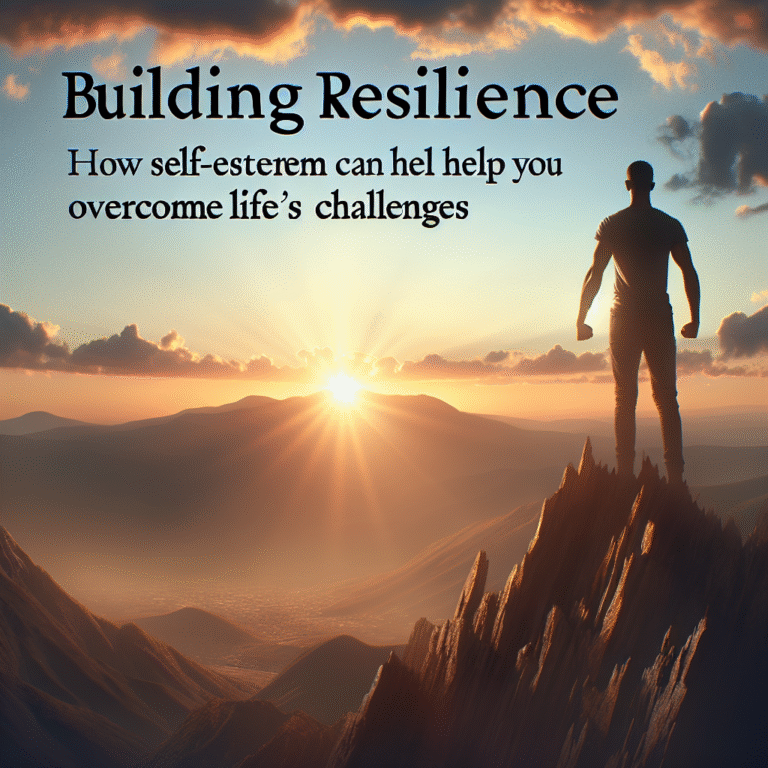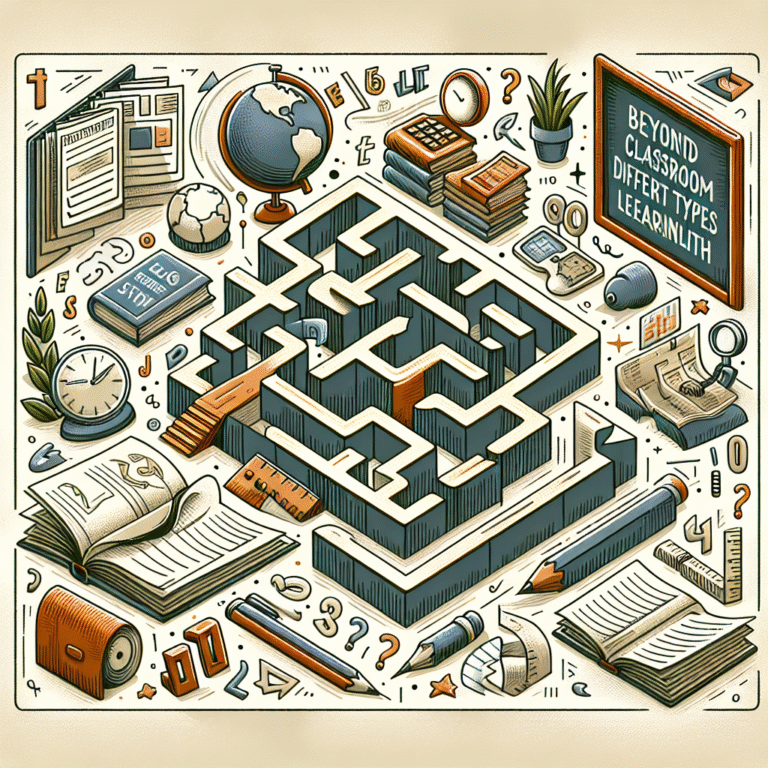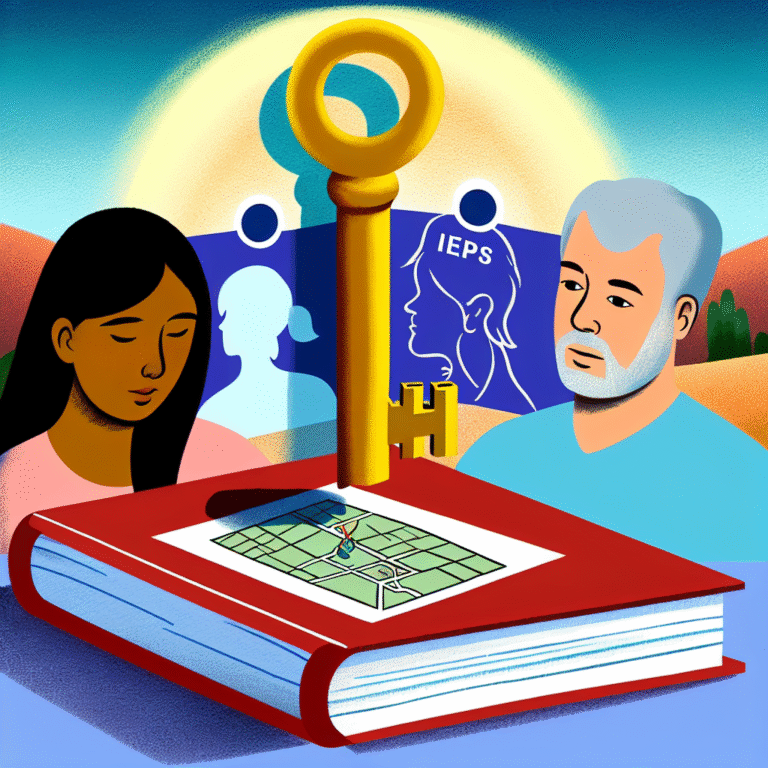
Introduction
In today’s fast-paced world, the ability to make decisions under pressure is not just an asset; it’s essential. From corporate boardrooms to emergency rooms, the stakes are high, and the moments to act are fleeting. Imagine being a pilot navigating through a storm or a surgeon deciding on a critical procedure with limited time. The choices made in these environments can save lives, shape careers, and determine the future.
Making Decisions Under Pressure: Techniques for High-Stakes Scenarios is a subject that resonates across many fields and industries. With lives, reputations, and enormous resources on the line, mastering this skill can genuinely set individuals apart. The journey begins here, where we delve into techniques that will help you thrive in high-stakes situations.
Understanding Pressure and Decision-Making
The Nature of Pressure
Pressure is a psychological and physiological response that occurs when we feel challenged or threatened. In decision-making contexts, it can lead to stress and anxiety, often clouding judgment. Understanding how pressure affects the brain is crucial. Neurologically, heightened stress can trigger the amygdala, the part responsible for emotional responses, often leading to impulsive decisions rather than rational ones.
The Importance of Decision-Making Under Pressure
Effective decision-making under pressure is not merely about quick responses; it’s about strategic thinking, evaluating risks, and opting for the best possible outcome despite limited information or time. Whether in a corporate crisis or a personal emergency, individuals who can retain composure and clarity are likely to enhance their performance and achieve better results.
Techniques for High-Stakes Decision-Making
1. The 80/20 Rule: Prioritize and Delegate
A well-known principle, the Pareto Principle, posits that 80% of results come from 20% of efforts. In high-stakes scenarios, it is critical to identify the crucial few tasks that will yield the most significant benefits.
Case Study: Business Crisis Management
When a major tech company faced a PR disaster, senior executives applied the 80/20 rule by prioritizing their communication efforts and delegated tasks to teams that specialized in specific areas. The result? A swift recovery in public perception and stock prices.
| Task Type | Importance Level | Action Taken |
|---|---|---|
| Media Relations | High | Immediate Press Release |
| Customer Support | Moderate | Increased Support Team |
| Internal Training | Low | Scheduled Later |
2. The OODA Loop: Observe, Orient, Decide, Act
Developed by military strategist John Boyd, the OODA Loop is a powerful framework for decision-making in rapidly changing environments.
- Observe: Gather as much relevant data as possible.
- Orient: Analyze the information considering various perspectives.
- Decide: Make a well-informed decision.
- Act: Implement the decision, then return to the observation phase.
Case Study: Air Force Fighter Pilots
Fighter pilots use the OODA Loop during combat. By continuously cycling through the loop, they can adapt to enemy movements and terrain changes, making swift and effective decisions that can be the difference between life and death.
3. Scenario Planning
Scenario planning involves anticipating future events and developing plans to respond to them. This technique mitigates the uncertainty often felt in high-stakes scenarios.
Case Study: Pandemic Response
Health organizations worldwide needed to plan for multiple pandemic scenarios during COVID-19. Organizations that engaged in thorough scenario planning were better equipped to manage resources and communications effectively.
4. Stress Reduction Techniques
When pressure is high, stress levels peak. Incorporating stress reduction techniques can significantly improve decision-making capabilities:
- Breathing Exercises: Simple techniques like the 4-7-8 breathing exercise can help regain composure.
- Mindfulness: Practicing mindfulness can assist in focusing on the present moment rather than future uncertainties.
Case Study: High-Performance Athletes
Athletes often engrain these techniques into their routines. For example, Olympic swimmers practice visualization and breathing exercises to achieve peak performance during competitions. Similar methods can be utilized in business and personal high-stakes scenarios.
5. Implementing Decision-Making Frameworks
Use structured frameworks to guide your decisions. Some common frameworks include:
- SWOT Analysis: Assess strengths, weaknesses, opportunities, and threats.
- Cost-Benefit Analysis: Compare the anticipated benefits against the potential costs to make informed choices.
Case Study: Tech Startups
Young tech companies frequently face the decision of resource allocation for product development versus marketing. Many that employed these frameworks successfully identified areas that could bring the highest return on investment.
Practical Tips for High-Stakes Decision-Making
- Establish a Clear Goal: Define what success looks like in your high-stakes scenario.
- Limit Information Overload: While gathering data is essential, too much can paralyze decision-making.
- Embrace Failure: Understand that not every decision will be perfect. Learning from failures can inform future choices.
- Consult Trusted Advisors: Rely on a network of trusted professionals for guidance, particularly in complex situations.
Conclusion
Navigating high-stakes scenarios is a critical skill that can significantly impact personal and professional success. By adopting techniques such as the 80/20 Rule, the OODA Loop, and scenario planning, you can enhance your ability to make effective decisions under pressure.
As you embark on this journey, remember that practice makes perfect. Each pressure-filled moment is an opportunity to refine your skills and increase your confidence. Every decision matters, and with the right strategies, you can turn pressure into opportunity.
FAQs
1. What is the best technique for decision-making under pressure?
The OODA Loop is highly effective as it encourages continuous adaptation to changing situations.
2. How do I manage stress while making quick decisions?
Utilizing breathing exercises and mindfulness practices can help minimize stress, leading to clearer thinking.
3. Is it better to delay decision-making in high-pressure situations?
Delaying can sometimes lead to better-informed decisions, but it’s essential to weigh the risks of inaction against the need for timely action.
4. How can I train myself to make better decisions under pressure?
Simulation exercises and real-world practice can enhance your skills. Engaging in scenarios that mimic high-pressure environments can prepare you for actual situations.
5. Can decision-making frameworks be adapted for personal life?
Absolutely! Techniques like SWOT Analysis can help you analyze personal dilemmas, making decision-making more structured and clear.
By implementing these strategies and maintaining a proactive mindset, you will be well-equipped to tackle the challenges that arise in high-stakes scenarios. Embrace the pressure and watch your decision-making abilities soar!











